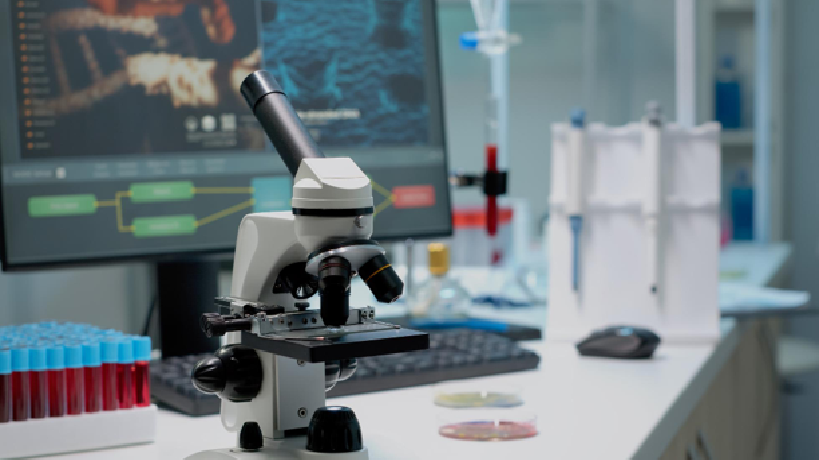
Genetic genealogy, also known as genetic ancestry testing, allows those interested in family history (genealogy) to discover more than they can through relatives or historical documents.
Studying variants from DNA Tests can provide information about a person’s ancestry and family links. People from different origins typically share some patterns of genetic variation. The more closely two people, families, or groups are related, the more ways of interpretation they are likely to share.
DNA does not Define Culture
DNA heritage has made its way into popular culture, but it has also made its way into the political culture. One Nation, a right-wing Australian nationalist party, recently proposed DNA heritage testing as a prerequisite for proving Aboriginal identity to get “benefits.” Scientists don’t want to give this hazardous concept any more airtime, and as a geneticist, they can assure you that it will not succeed.
Cultural identity is considerably more than just DNA testing. Indigenous peoples are the ones who decide who is and isn’t Indigenous. Scientists believe this instance exemplifies a troubling trend in which genetic testing is viewed as the last judge of race and identity in public disputes.
So, how does the marketing of DNA firms impact our perceptions of ancestry?
There’s more to cultural identity than just DNA. In their marketing, these ancestry firms utilize scientific terminology and depict their findings as extremely scientific — which consumers understand as reliable and factual. Although identifying ancestry from DNA structure is a scientific procedure, many people are unaware that it can also be a hazy process that is more of a guess.
When you look at your piece of the pie chart and see that it shows 16 percent, German, that does not mean you are 16 percent German. It’s a guess or informed guess based on statistical inference about your heritage. Scientists believe that using pie charts to portray our ancestors hinders our discussions.
The outcomes were Different for Twins
Two identical twins recently put five DNA ancestry firms to the test, and the results give a fascinating peek into how the process works.
Each twin’s raw data was more than 99 percent similar, indicating that the DNA test lab methods for generating raw data are exact. The findings of DNA ancestry tests have shown that identical twins might have different results, which is an impossibility.
The fact that the corporations gave each twin markedly differing ancestry estimations was startling.
The first twin received 25% Eastern European from one firm, while the second received 28%. To be clear, identical twins should not experience this because their DNA is similar.
Even worse, one firm said the twins were 27-29 percent Italian, while another claimed they were 19-20 percent Greek. Much of the disparity would be due to the size of the databases that the corporations use as references and who is included in the databases, and, more crucially, which is excluded from the databases. These variables would differ between firms and fluctuate over time.
As a result, the results you obtain today may change from those you get in six months when the databases are updated. Estimating our lineage is complex, and the fundamental reason for this is that our ancestry is far more complicated than some people believe.
It’s not as straightforward as a pie chart may indicate. Because our populations are so diverse, the data are hazy. DNA ancestry testing reveals a larger picture that we have grossly overestimated the level of mixing between ancestral populations throughout human history.
Racism based on Faulty Science:
The events of that era continue to be significant now. After more than seven decades, we are witnessing the comeback of far-right organizations and beliefs — the world of Trump – and the restoration of restrictive immigration laws.
Scientists are seeing concepts regarding race that were formerly frowned upon becoming commonplace. The science of genetics is being abused once again to support racial goals.
Most people of northern European heritage have a variant of the lactase gene, which allows them to digest milk entirely as adults. This is the result of a genetic mutation that occurred thousands of years ago during Europe’s first cattle herders.
Paternity DNA testing can be performed prenatally to confirm if the child is African or American. White racists manipulated this piece of science to suit their purposes. However, research indicates that a comparable gene variant emerged among cow breeders in East Africa.
Ancestry DNA Testing’s Limitations
There are a few drawbacks to genetic ancestry testing. Individual test results are compared to test providers’ separate databases of past tests. Therefore, ethnicity estimations may range from one provider to the next. Furthermore, because most human populations have traveled and interacted with surrounding groups numerous times throughout history, ethnicity estimations based on DNA tests may differ from what an individual expects. Several corporations and organizations provide genetic ancestry testing. So, how much does a DNA test cost? Pricing will vary based on the provider and depth of testing – ancestral lineage, genetics with regard to medical conditions, paternity tests, etc.







